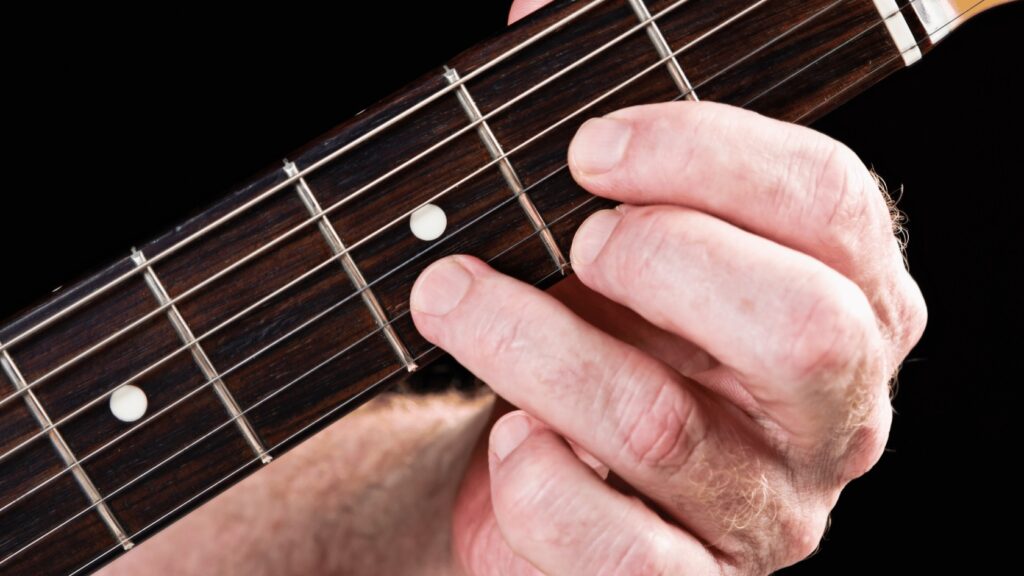The art of fingerpicking on guitar unlocks a world of beautiful melodies and intricate rhythms. While it might seem daunting at first, with dedication and the right techniques, you’ll be weaving fingerpicking magic in no time. This guide explores beginner-friendly fingerpicking techniques, exercises, and tips to help you build dexterity and master this rewarding skill.
Unveiling the Magic: The Mechanics of Fingerpicking
Fingerpicking involves using your thumb and individual fingers (typically index, middle, and ring finger) to pluck the strings independently. This creates a distinct sound compared to strumming with a pick and allows for a wider range of melodic and rhythmic possibilities.
Essential Gear:
- A guitar with good action: Lower action (the string height from the fretboard) makes fingerpicking easier on your fingertips.
- Fingerpicks (optional): While not essential for beginners, fingerpicks can improve control and nail durability.
Getting Started: Right-Hand Technique
- Thumb Independence: The thumb often plays the bass line on the lower strings (E and A). Practice alternating thumb movements with a metronome to develop a steady rhythm.
- Finger Selection: Begin using your index finger for the melody on the higher strings (B, G, and E). Gradually incorporate your middle and ring finger as dexterity improves.
Exercises for Building Dexterity:
- Single-String Picking: Start by picking individual notes on a single string, like the E string, using thumb and index finger in an alternating pattern. Gradually increase the picking speed with a metronome.
- Open String Exercises: Move on to picking open strings (all strings un-fretted) in a thumb-index-thumb-index pattern. This helps build coordination between your fingers.
- Simple Melodies: Once comfortable with basic picking, find beginner-friendly fingerpicking arrangements of nursery rhymes or folk songs. These melodies often have slow tempos and repetitive patterns, perfect for practicing finger independence.
Tips for Success:
- Start Slow and Focus on Accuracy: It’s more important to play cleanly at a slow tempo than to rush through mistakes. Gradually increase speed as your coordination improves.
- Relaxation is Key: Tense muscles hinder dexterity. Focus on keeping your hand relaxed while maintaining proper finger positioning.
- Practice Regularly: Consistent practice is crucial. Dedicate short periods daily to fingerpicking exercises and gradually incorporate them into your guitar playing routine.
- Listen and Learn: Pay attention to fingerpicking guitarists you admire. Transcribe simple sections of their music by ear to challenge yourself and learn new techniques. Consider enrolling in an online guitar course or attending guitar classes for beginners for additional guidance and structured learning.
- Embrace the Journey: Fingerpicking takes time and dedication to master. Celebrate small improvements and enjoy the process of learning this beautiful technique.
With focused practice and these helpful tips, you’ll be well on your way to transforming from a fingerpicking beginner to a confident and expressive guitarist.

